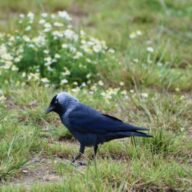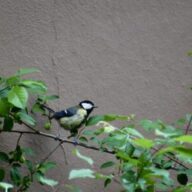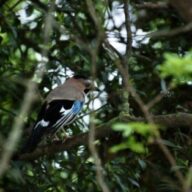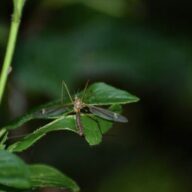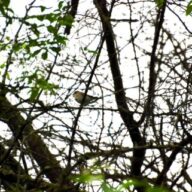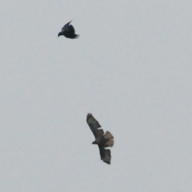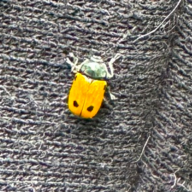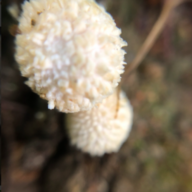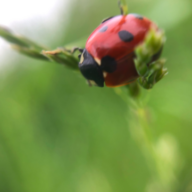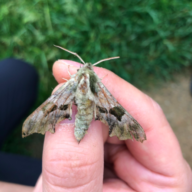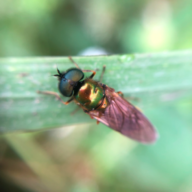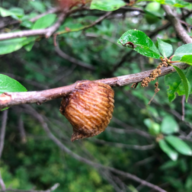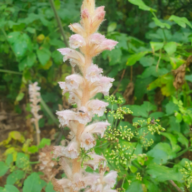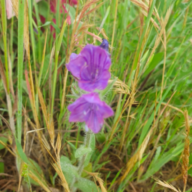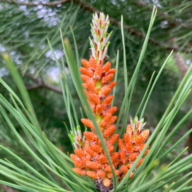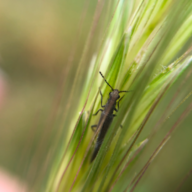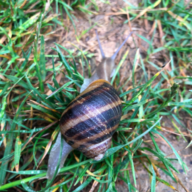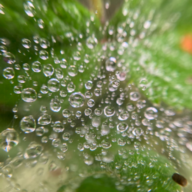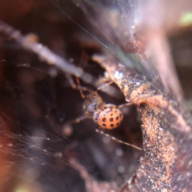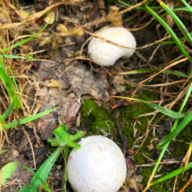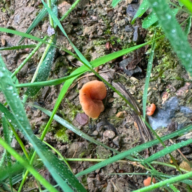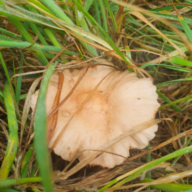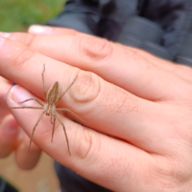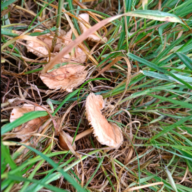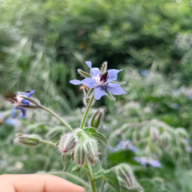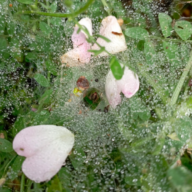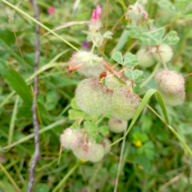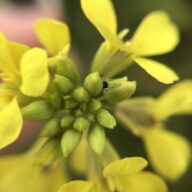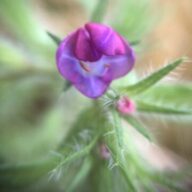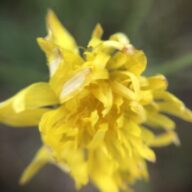IMU Sustainability Club organized a “Bioblitz” event with the theme of sustainable city to draw attention to urban biodiversity. Nuh KUBİLAY, a wildlife biologist/ornithologist, and Ayça ÇELİKBİLEK, a research assistant at our University, led the spring 2024 observation of the workshop titled “Ecology in the City – Bioblitz: Validebağ Grove” organized under BioBlitz IMU activities. On Wednesday, May 01, 2024, a total of 7 hours of observation was carried out in Üsküdar Validebağ Grove with the participation of 16 people.
In the workshop held in Validebağ Grove, which was registered as a 1st-degree natural heritage area and declared a protected area, the species found in the area were identified, the biodiversity of the land was recorded and mapped. In the spring observation organized as the sixth BioBlitz event, 130 observations were made and 123 of them were recorded with photographs. The recorded observations were supported with descriptions by 26 different observers and experts. As a result of the identifications, 83 species were identified and recorded during the spring observation. Thus, as a result of the studies that started in December 2021, a total of 343 species were identified and recorded in Validebağ Grove. Identification studies are ongoing for the observations whose family and genus have been determined, but whose species classification has not yet been made.
Approximately 9% of the species observed in the workshop belonged to bird species. Some of these species were observed while feeding or staging in the area and recorded with photographs, while others were observed through binoculars while flying over the area. Some species such as green parrots, small woodpeckers, robins and nightingales were identified by their singing. The bird species observed were mainly those that are frequently observed in the grove. There was an increase in the number of observations of small songbirds compared to the previous year. During the bird observations made in the area, ornithologist Nuh KUBİLAY gave information about the importance of the area for the staging, breeding and migration of birds. KUBİLAY stated that the green parrots observed in the area are an invasive species for Istanbul and Turkey and that these birds occasionally take over the nests of other birds.
While it was determined that the flowering of certain plant species progressed more slowly due to the lower air temperature compared to the previous year, the workshop instructors stated that the cold weather on the day of observation also reduced the possibility of encountering butterfly and insect species. However, it was determined that the flowering of plants was an important factor for observers to recognize species. A total of 49 photographic plant observations were made and 36 plant species were recorded as a result of these observations. Among these species was black locust (robinia pseudoacacia), which is defined as an invasive species in IUCN lists. Ayça ÇELİKBİLEK mentioned that although this species is frequently planted in our country, especially in the fight against erosion due to its spreading roots, it may have a negative impact on biodiversity, and that the flowers of the tree contain intense nectar, so the preference of bees for black locust flowers may have negative effects on the reproduction of other species. Compared to the previous year, it was observed that especially the species viper’s-bugloss (echium plantagineum) and broomrapes (orobancheae) spread quite widely in the area. During the observations, biologist Burak SEÇER explained that broomrapes is a parasitic species and survives on the water and nutrients provided by the host plant. For this reason, he pointed out that this weed, which has spread rapidly in the area, can prevent the development of certain species and even lead to their death. This could affect the ecosystem and species richness in the area.
During the observation, a total of 9 photographic mushroom observations were made, and some mushroom species were observed for the first time in the area. It is thought that the rainfall in the region before the observation day also contributed to the increase in the number of species observed.
During the observation, 15 insect species were observed and 8 spider species were identified. Biologist Muhammed KELLECİ gave information about the insect and spider species observed in the area and also provided information about insect eggs and cocoons to the participants. While giving information about the praying mantis egg case observed on a tree branch during the workshop, KELLECİ stated that approximately 100-200 offsprings will emerge from each of these cases that protect the offspring from enemies and adverse weather conditions. These offsprings will contribute to the protection of plants from pests. Providing information about the spiders seen in the field, KELLECİ explained to the participants how male and female spiders can be distinguished through their legs.
Project coordinator Ayça ÇELİKBİLEK stated that Bioblitz observations are designed not only as a nature observation but also as environmental education and that one of the main objectives of BioBlitz IMU activities is to contribute to the recognition and protection of the environment by developing the right attitudes, behaviors and skills related to the environment in the local community. In this sense, she stated that the workshop contents have been designed for exploring environmental problems, analyzing the nature-human conflicts and solving the problems caused by this conflict, and mobilizing individuals and then communities to improve the environment. In order to realize these goals, all participants were informed about the species observed, their characteristics and habitats during the workshop observations and in the species identification studies carried out after the workshop. They were also informed about the threats posed to these species and their habitats by rapid/unplanned urbanization and climate change. Thus, the workshops helped urban residents to understand the importance of green areas and natural heritage areas, which are gradually decreasing in a large metropolis like Istanbul, and gain the awareness that they share these areas with diverse species. The aim was to improve the awareness of the urban residents by recognizing the species and to spread community-based conservation efforts.
After the workshop, which was open to everyone interested, the participants were given a digital certificate of participation.
You can follow BioBlitz IMU summer observation workshop on sdg.medeniyet.edu.tr.


